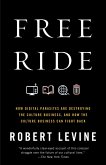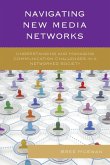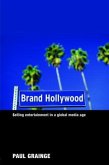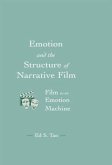"If you want to understand what it was like to be a New York New Dealer in the 1940s, then you must read Paul Milkman's richly textured history of PM. He has captured the passions and politics of that time better than almost any other writer." -Nelson Lichtenstein, author of The Most Dangerous Man in Detroit: Walter Reuther and the Fate of American Labor. "PM enlisted an extraordinary group of men and women-from I. F. Stone to Margaret Bourke-White to Dr. Seuss-in a grand effort to reinvent the newspaper and deepen democracy. I wish it arrived at my front door every day. We owe Paul Milkman our thanks for the next best thing, his rich evocation of the history and spirit of this path-breaking experiment in journalism." -Joshua B. Freeman, Queens College, City University of New York. This book is the story of PM, an upstart New York tabloid newspaper, that from 1940 to 1948 unashamedly and outspokenly championed the causes of minorities, workers, the downtrodden, and the disfranchised. Throughout its eight-year life, PM maintained a circulation of 150,000. It crusaded against mass materialism and isolationism, advocated the continuation of New Deal policies, and strove to build anti-fascist alliances. The tabloid also gained its reputation by revolutionizing the use of photography and graphics, breaking an industry boycott by printing daily news of radio programming, focusing on consumer news, and rejecting all paid advertising to avoid compromising its views. Its influence did not die with its last issue, however. In the sixties, PM was seen as a model for several upstart counterculture publications, and many of its stylistic innovations can be found in current newspapers, including the New York Times.
Hinweis: Dieser Artikel kann nur an eine deutsche Lieferadresse ausgeliefert werden.
Hinweis: Dieser Artikel kann nur an eine deutsche Lieferadresse ausgeliefert werden.







